In that context, building smart libraries is not only an inevitable trend, but also a measure of each country's capacity for creativity, management and knowledge dissemination. Vietnam is taking steady steps in this journey, learning and absorbing the quintessence from international models to develop a modern, humane and practical public library system.
Vietnam on the journey to create smart libraries
Implementing the Digital Transformation Program of the library sector to 2025, with a vision to 2030, public libraries in the country are gradually transforming strongly, moving towards the model of "smart libraries" - where people, technology and knowledge are closely connected. Not only stopping at digitizing documents or providing online services, smart libraries are also spaces for creativity, experience and lifelong learning for all people.
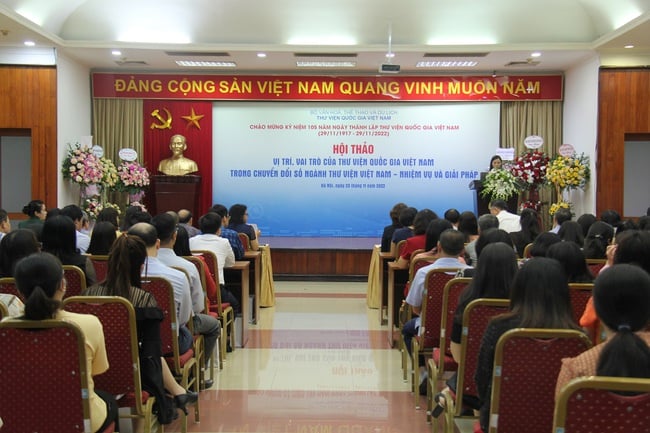
The Vietnamese Library Industry has taken solid steps in digital transformation (Photo: bvhttdl.gov.vn)
Many localities have implemented pioneering models. The National Library of Vietnam has completed a centralized data management system, connecting millions of records with provincial libraries, creating a platform for connecting national knowledge resources. The Hanoi Library and the Ho Chi Minh City Library have applied QR code and RFID technology to automate book borrowing and returning, while developing e-book reading services and open learning materials for students. In Thua Thien - Hue, the "Heritage Experience Library" model combines virtual reality (VR) and augmented reality (AR) technology, helping readers "walk through history" with vivid digital experiences.
In particular, some local libraries have begun to build “community makerspaces” – where readers can practice, experiment with technology, learn soft skills, 3D print or organize learning clubs. These spaces turn libraries into “open knowledge centers”, inspiring young people’s passion for creativity and creating an interactive learning environment.
Learning from typical international models
In the world , many countries have succeeded in converting traditional libraries into smart libraries. Korea is one of the pioneers with the Smart Library system - an automatic library, operating 24/7, integrating AI in document suggestions, facial recognition and automatic borrowing and returning system. Each smart reading point is located in residential areas, train stations, and shopping centers, helping people easily access books anytime, anywhere.
Singapore is a model for data connectivity and user experience. The National Library of Singapore (NLB) has built a digital platform called myLibrary, which allows people to register for e-cards, borrow books online, track their reading progress, and recommend materials based on their personal interests. NLB’s data system is linked to schools, research institutes, and community learning centers, creating a widespread lifelong learning network.
Finland, a country known as a “reader’s paradise”, takes a more humanistic approach. Public libraries here are considered “smart community cultural centers” – where people not only read, but also learn music, print 3D, make short films, and even organize civic activities. The Oodi library model in Helsinki is a prominent example: an open space, managed by digital technology but full of humanity, encouraging creativity, sharing and self-learning.
Experience for Vietnam
From international experience, the most important lesson is: technology is just a tool, people are the center. Smart libraries cannot succeed without a team of staff trained in technology, understanding the psychology of readers and having digital communication skills. Therefore, along with investing in infrastructure and software, Vietnam needs to focus on training library human resources.
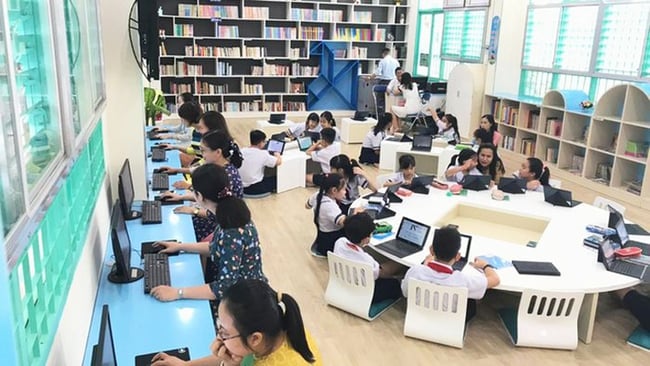
In the period 2025-2030, the Vietnamese library industry aims to build a network of smart and modern libraries.
In addition, it is necessary to build a national library data ecosystem that is interconnected, ensuring that each local library can share and access common resources. Standardizing data, synchronizing management software and creating a mechanism for socialized investment are important directions to avoid wasting resources. In addition, international cooperation should be encouraged, learning from the management, technology and training models of advanced countries, through expert exchange projects or technology transfer.
Communication and propaganda work also plays an important role. When people perceive the library as a friendly and useful space, they will actively participate, use it and contribute their opinions. At that time, digital transformation is no longer an administrative task, but becomes a journey of the whole society in building "knowledgeable citizens".
In the period 2025-2030, the Vietnamese library industry aims to build a network of smart, modern and humane libraries, ensuring that 100% of provincial libraries provide online services, at least 70% of district libraries have the ability to share data, and form a national "digital knowledge map".
Each library, whether in the center or in the mountains, is on its own journey to connect to that common system. Each librarian, each reader, each technology project contributes a brick to build the national knowledge foundation.
When traditional values of reading culture blend with modern technology, Vietnamese libraries will not only be places to preserve the past, but also open doors to the future, where knowledge becomes power and people are the center of sustainable development.
Source: https://bvhttdl.gov.vn/huong-toi-thu-vien-thong-minh-tu-mo-hinh-viet-nam-den-kinh-nghiem-quoc-te-20251020204705178.htm


![[Photo] Chairman of the Hungarian Parliament visits President Ho Chi Minh's Mausoleum](https://vphoto.vietnam.vn/thumb/1200x675/vietnam/resource/IMAGE/2025/10/20/1760941009023_ndo_br_hungary-jpg.webp)



![[Photo] Prime Minister Pham Minh Chinh meets with Speaker of the Hungarian National Assembly Kover Laszlo](https://vphoto.vietnam.vn/thumb/1200x675/vietnam/resource/IMAGE/2025/10/20/1760970413415_dsc-8111-jpg.webp)
![[Photo] National Assembly Chairman Tran Thanh Man holds talks with Hungarian National Assembly Chairman Kover Laszlo](https://vphoto.vietnam.vn/thumb/1200x675/vietnam/resource/IMAGE/2025/10/20/1760952711347_ndo_br_bnd-1603-jpg.webp)


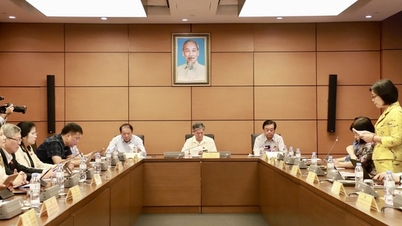
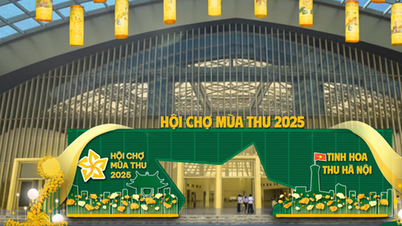

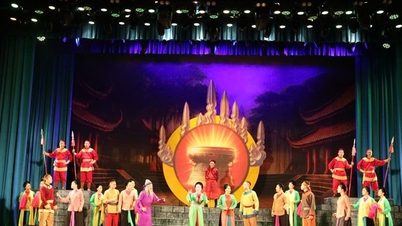




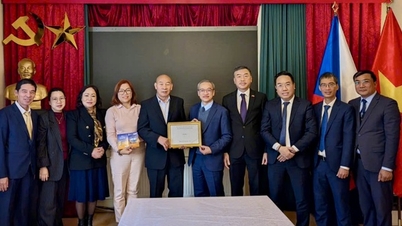
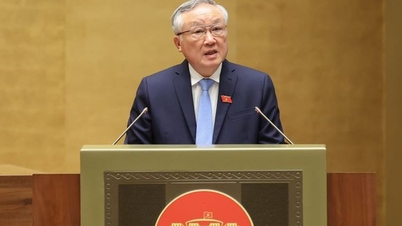
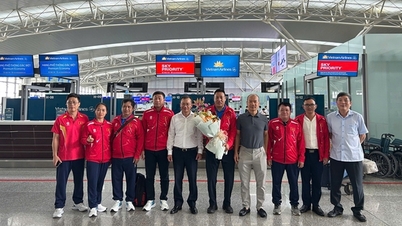
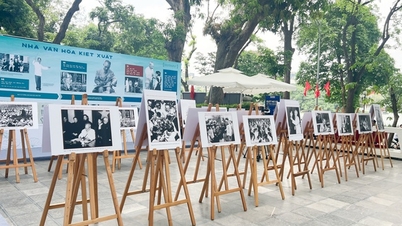
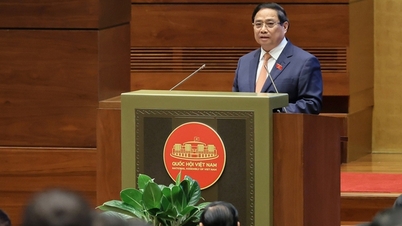
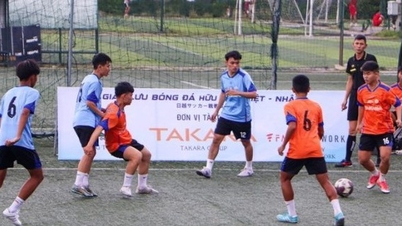


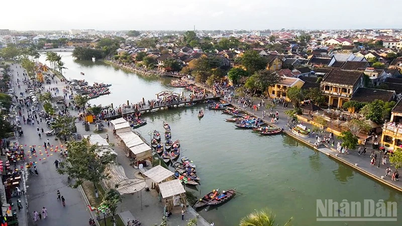



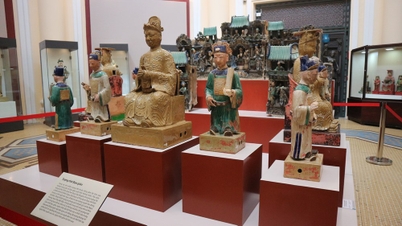
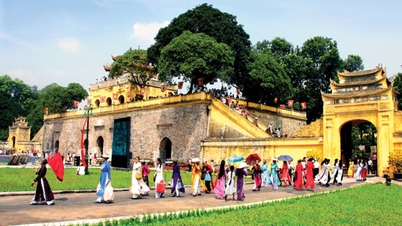

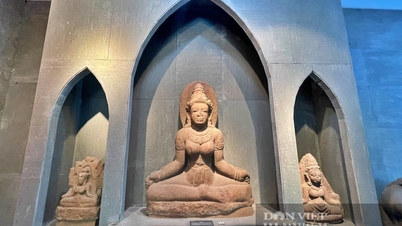

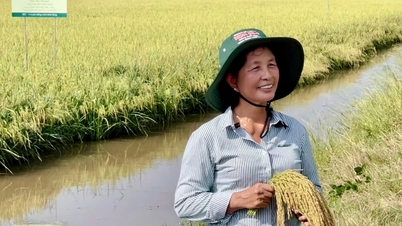

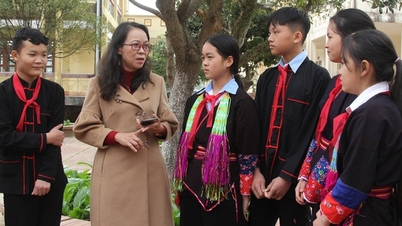

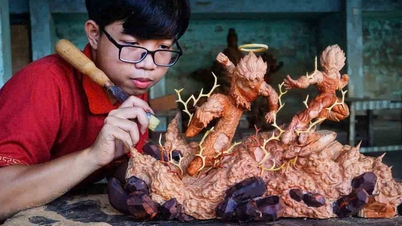

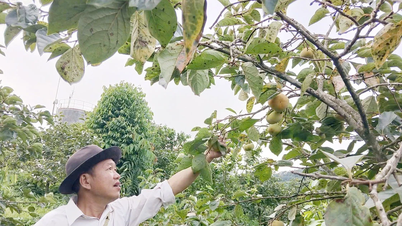





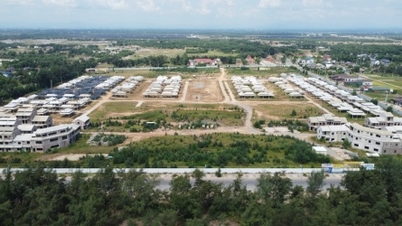

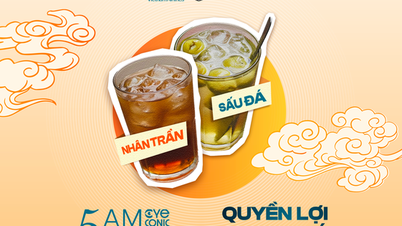



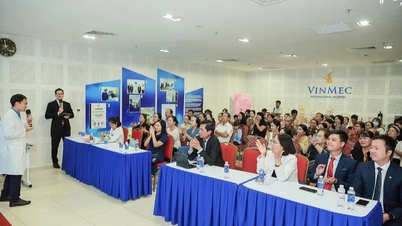

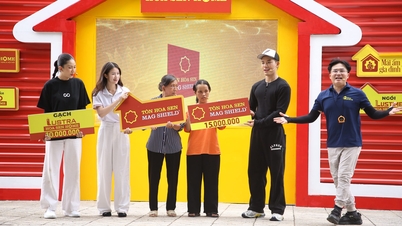
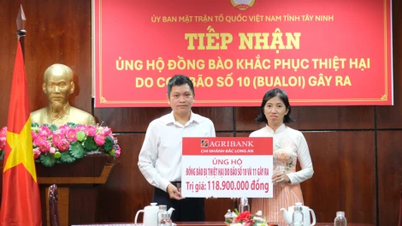








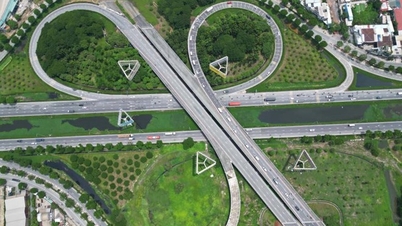

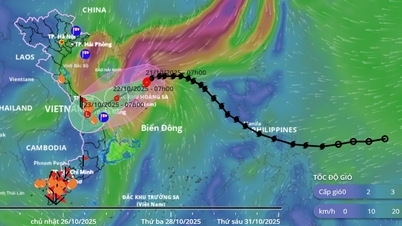



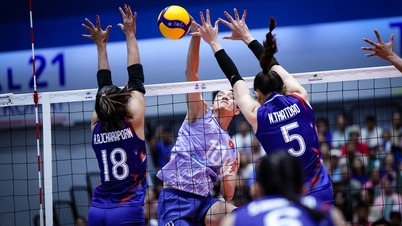

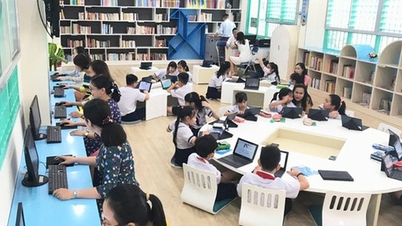


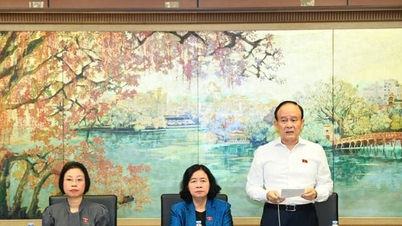
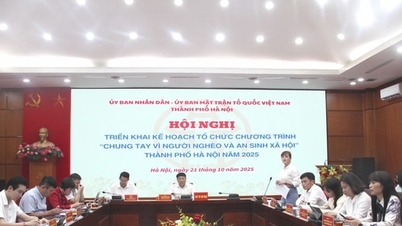
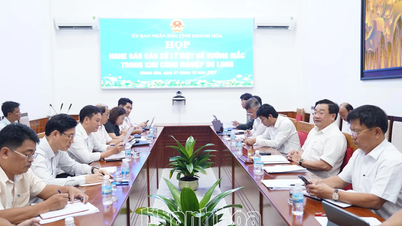

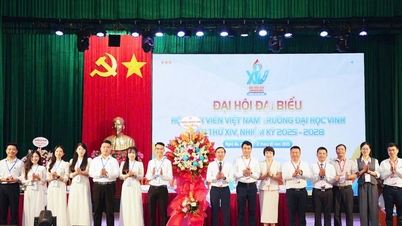

















Comment (0)